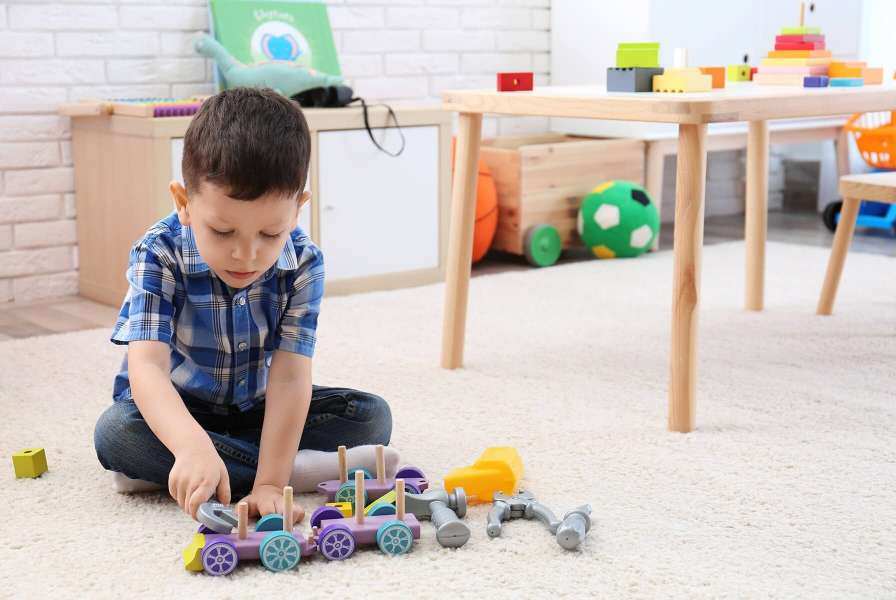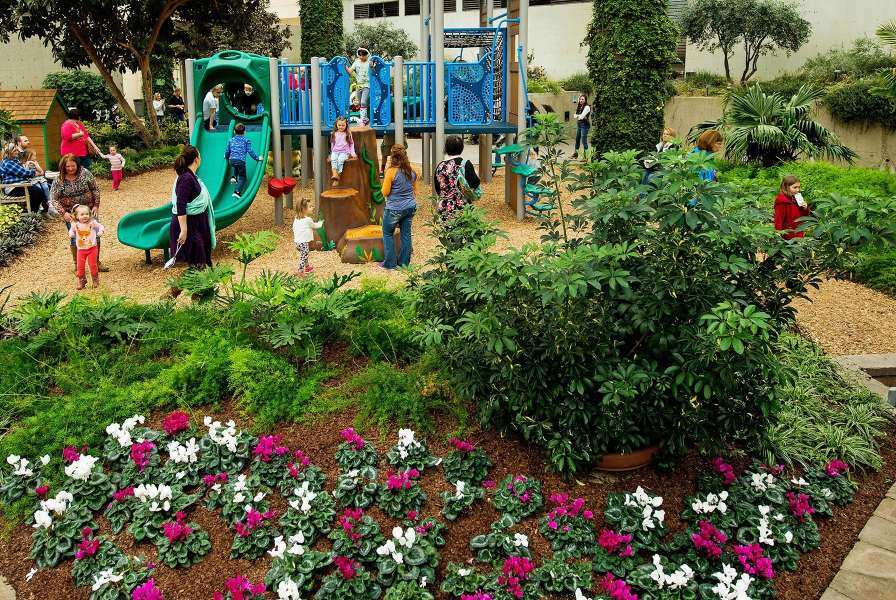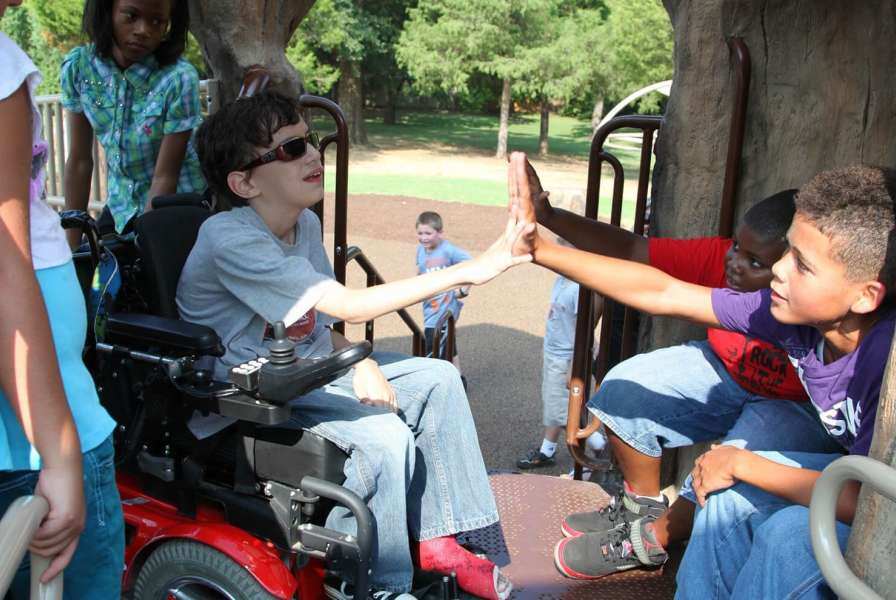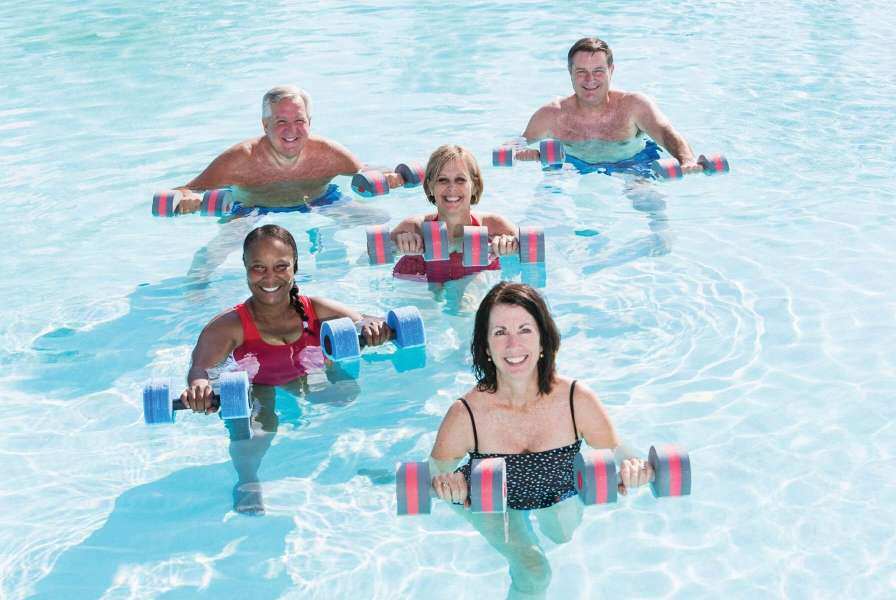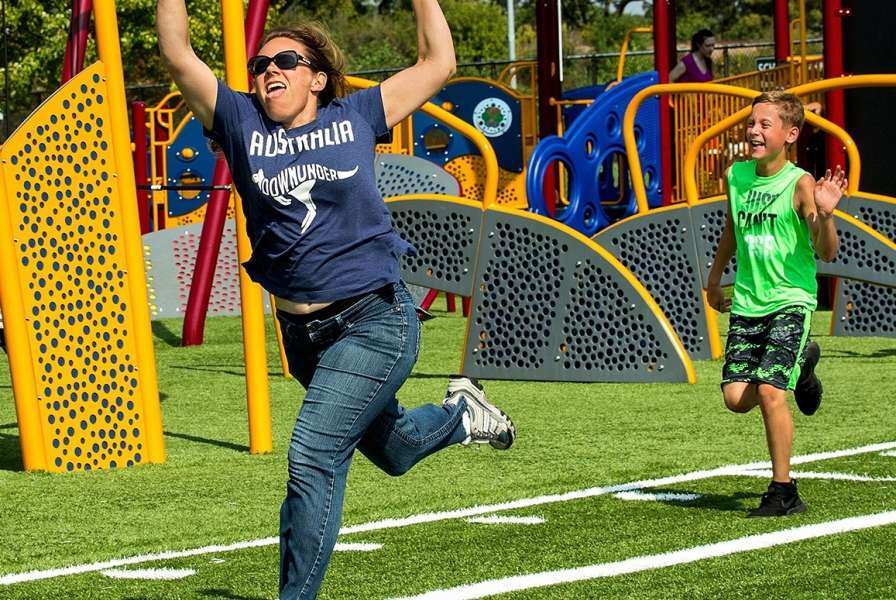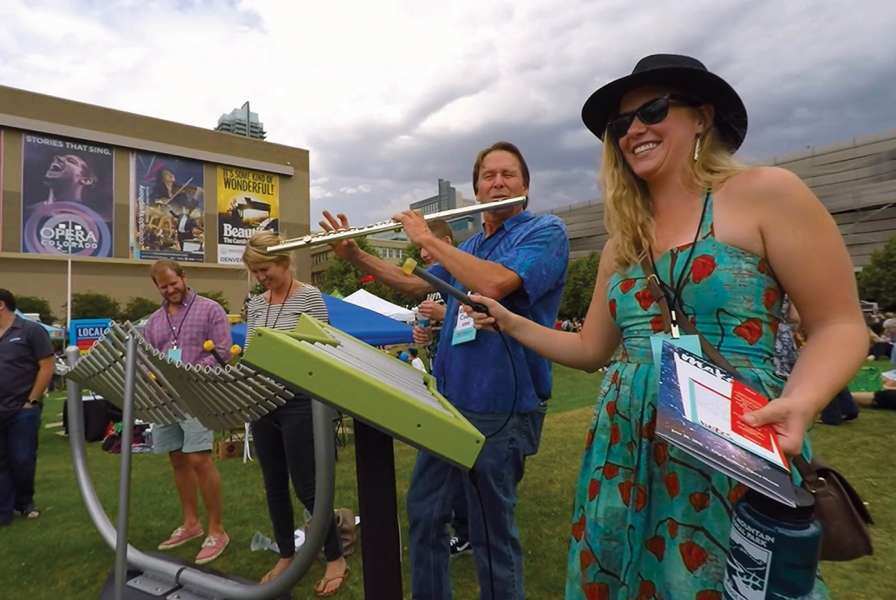Today, I am reveling in one of many long walks along the mile and a half white sandy stretch of beach that joins Carmel-by-the sea with the Pacific Ocean. It is impossible to have a bad day with this ambience…
This blog will focus on playful hand-brain connections and the often unexpected additional lasting benefits that play with one’s hands produces. I am particularly indebted to the remarkable work of now retired neurologist Frank Wilson for providing pioneering work memorialized in his landmark book, “The Hand, How Its Use Shapes the Brain, Language, and Human Culture.” For any blog reader looking to probe more deeply into the linkages between our overall human intelligence and our remarkable hands, I recommend Frank’s book.
The following story was passed on to me by the author, film maker, play expert and former Long Beach resident, Michael Mendizza, currently the CEO/Founder of the non-profit organization, “Touch the Future.”
Jet Propulsion Laboratories have been the United States premier aerospace research facilities for more than seven decades. Through their relationship with NASA, the scientists and engineers at JPL have designed and managed major components of every manned and unmanned mission of our time, and have been completely responsible for dreaming up, building, and operating complex projects like the robot vehicles that landed on Mars and explored the planet’s surface for years. You might say that JPL invented the Space Age. No matter how big and ambitious the goal, the researchers could always be relied on to say, “We can do that.” But in the late nineties, the lab’s management was saying, “JPL, we have a problem.” As the lab neared the new century, the group of engineers and scientists who had come on board in the 1960s, those who put men on the moon and built robotic probes to explore the solar system, were retiring in large numbers. And JPL was having a hard time replacing them with innovative problem-solving research engineers. Even though JPL hired the top graduates from renowned engineering schools like MIT, Stanford, and even Cal Tech itself, the new hires were often missing something. They were not very good at certain types of problem solving that are critical to the job. The experienced managers found that the newly minted engineers might excel at grappling with theoretical, mathematical problems at the frontiers of engineering, but they didn’t do well with the practical difficulties of taking a complex project from theory to practice. Unlike their elders, the young engineers couldn’t spot the key flaws in one of the complex systems they were working on, or toss the problem around, break it down, pick it apart, tease out its critical elements, and rearrange them in innovative ways that led to a solution.
Then the head of JPL-NASA Human Resources found Nate Jones and Frank Wilson. Jones ran a Long Beach based renowned auto repair and machine shop that specialized in precision racing and Formula One tires. He had been mentoring kids interested in cars for years, and he had noticed that many of the new kids coming in to voluntary work at the shop were not able to problem solve as adeptly as kids from an earlier era. They were eager to learn, but lacked common sense savvy that many of the earlier kids had demonstrated. Jones and his wife, who is a teacher, wondered what had changed. After questioning the new kids and the older now garage-alumni kids and garage employees, Jones found that those who had worked and played with their hands as they were growing up were able to “see solutions” that those who hadn’t worked with their hands could not. And most of the new kids were of the TV generation and were just entering the screen dominated computer era.
Jones’ daughter was also a teacher, and had read Frank’s book “The Hand,” and being intrigued by her Dad’s findings, arranged for Frank and Nate to confer. It was a serendipitous meeting, and together they agreed to write an article proposing that the difference in the kids Nate was now mentoring and earlier kids backgrounds was that the earlier kids had an almost universal common experience as TINKERERS. JPL was not then on their radar. This finding fit with Frank’s long hand-based research that the brain gets fertilized broadly by early playful hand crafting activities, and that overall human intelligence, even linguistic skills were related to “the hand in search of the brain, and the brain in search of the hand.”The article appeared in the Long Beach paper, and was read by the HR JPL-NASA executive, who agreed fully with the article’s conclusions.
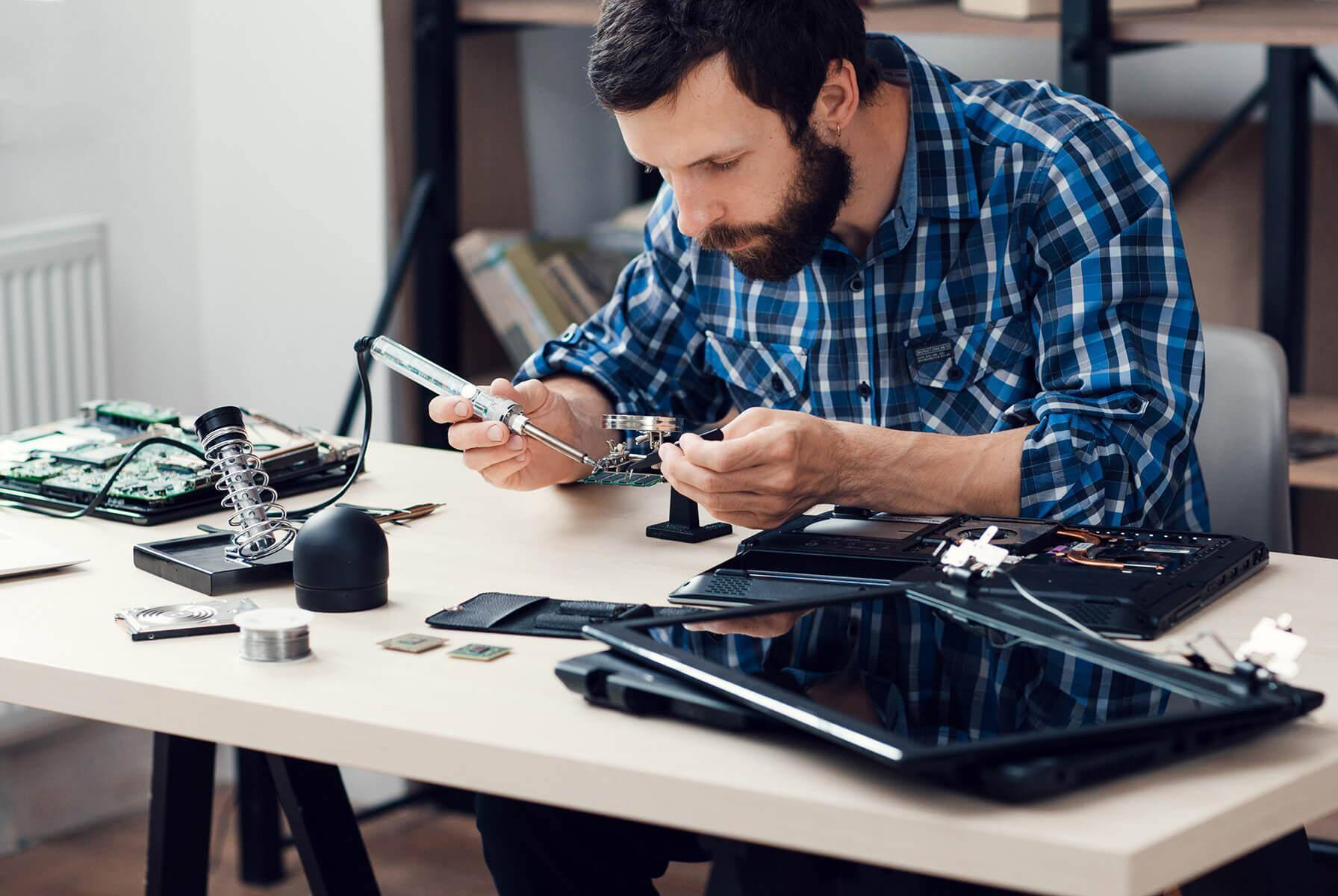 The JPL-NASA managers went back to look at their own retiring engineers and found a similar pattern. They found that in their youth, their older, problem- solving research based employees had taken apart clocks to see how they worked, or made soapbox derby racers, or built hi-fi stereos, or had fixed appliances. The young engineering school graduates who had also done these things, who had played with their hands, were adept at the kinds of problem solving that management sought. Those who hadn’t, generally were not. From that point on, JPL-NASA made questions about applicants’ youthful projects and hand-play a standard part of job interviews.
The JPL-NASA managers went back to look at their own retiring engineers and found a similar pattern. They found that in their youth, their older, problem- solving research based employees had taken apart clocks to see how they worked, or made soapbox derby racers, or built hi-fi stereos, or had fixed appliances. The young engineering school graduates who had also done these things, who had played with their hands, were adept at the kinds of problem solving that management sought. Those who hadn’t, generally were not. From that point on, JPL-NASA made questions about applicants’ youthful projects and hand-play a standard part of job interviews.
From Frank Wilson’s research, he had concluded that the ability to mentally “play” with 3-dimensional imaginative objects well, was linked to the brain’s broad fertilization, and the many interconnections between the cerebellum and cerebral cortex stimulated by joyful hand-brain activities. So the connections Frank had made through his meticulous hand-brain scholarship and the practical needs of JPL-NASA were satisfyingly confirmed, as was the wisdom of Nate, his wife and daughter.
And from my play-based viewpoint, the sustained motivation and engagement to keep building things with their hands meant that the good problem solving engineers in addition to being adept with their hands also had real fun in pursuing a natural affinity for using their hands.
One does not need to ultimately pursue an engineering career to gain benefits from messing around with one’s hands. A flood of neuroscience information now supports that hand-brain activity stimulates existing brain circuits that enhance overall human intelligence. (conclusions that Frank mentions again and again in his book)
So one of many take-aways from this blog is:
For preschoolers-assure that they enjoy the hands-on experiential tactile pleasure of block play. By using blocks, children can piece together shapes to create a bigger picture, whether it is a representation of something they have seen or from their imagination. The open-ended nature of block play naturally lends itself to playing a key role in dramatic play activities. Creating a zoo, building a space ship or designing a castle are ideas a preschooler can bring to life using blocks.
And block play is just one of many early hand-object play opportunities that are basic to accelerating the understanding of the world, its parts and your particular place in it!
The recently validated overall benefits of early and continued hand-play to human intelligence and well-being has me, after completing this blog to head today to the local lumber yard to get the wood and soil to build some planter-boxes for seasonable vegetable-planting that living in the Salinas Valley allows. Never too late!
